How Portable Patient Lifts Enhance Safety and Mobility for the Elderly
Understanding Portable Patient Lifts
Portable patient lifts are a convenient way to transfer people who have difficulty moving on their own. These lifts provide safety and mobility, making it easier to move individuals from one place to another. Some benefits of portable patient lifts include their flexibility in use, easy storage when not in use, and the ability to be used in various settings.

Benefits of Portable Patient Lifts for the Elderly
Portable patient lifts are a practical solution for enhancing both safety and mobility for elderly individuals. These lifts provide:
- Flexibility to move the patient easily from one place to another without strain
- Improved safety by reducing the risk of falls and injuries during transfers
- Increased independence for the elderly by enabling them to move around with assistance
Portable patient lifts are designed to be user-friendly and convenient, making them a valuable tool for caregivers and a comfortable experience for the elderly.
Safety Features of Portable Patient Lifts
Portable patient lifts are designed with various safety features to ensure the security and ease of transferring individuals. Some of these safety features include:
- Locking mechanisms: to secure the lift in place during transfer.
- Emergency stop buttons: to halt the lift in case of any issues or accidents.
- Adjustable straps and harnesses: to securely hold the individual being transferred in place.
- Sturdy frames: to provide stability and prevent tipping over during transfers.
These safety features not only enhance the overall safety of using portable patient lifts but also contribute to increased mobility and independence for the elderly.
Factors to Consider When Choosing a Portable Patient Lift
When selecting a portable patient lift, you should consider the weight capacity to ensure it can lift the individual safely. Pay attention to the lift's dimensions to make sure it fits through doorways and tight spaces. Battery life is crucial for uninterrupted use, and look for lifts with easy-to-use controls for smooth operation. Consider the material of the sling for comfort and durability. Check the warranty to ensure support in case of any issues.
How Portable Patient Lifts Enhance Mobility for the Elderly
Portable patient lifts are a great option to help elderly individuals move around safely. These lifts are designed to assist caregivers in transferring patients from one place to another with ease. Using a portable patient lift can reduce the risk of falls and injuries for both patients and caregivers. These lifts are lightweight and easy to maneuver, making them ideal for providing increased mobility for the elderly.
Types of Portable Patient Lifts Available
Portable patient lifts come in various types to meet different needs. Here are some common types available in the market:
- Manual Patient Lifts: These lifts require physical effort to operate and are suitable for caregivers who have the strength to maneuver them.
- Electric Patient Lifts: These lifts are powered by electricity, making them easier to use for caregivers and more convenient for frequent transfers.
- Sit-to-Stand Lifts: Designed for patients who can partially bear weight, these lifts assist individuals in moving from a sitting to a standing position.
- Hydraulic Patient Lifts: These lifts utilize hydraulic power to lift and transfer patients, offering a smooth and controlled lifting experience.
Each type of patient lift has its own advantages and may be more suitable based on the patient's needs and the caregiver's capabilities.
Proper Techniques for Using Portable Patient Lifts
When using portable patient lifts, always ensure the lift is on a flat surface before operating it. Check the lift's weight capacity to ensure it can safely support the patient's weight. Before lifting the patient, make sure all straps and attachments are secure. Communicate clearly with the patient before and during the lift to ensure they feel comfortable and safe. Never rush the lifting process, take your time to ensure proper positioning and safety. Regularly inspect the lift for any signs of damage or wear and tear to prevent accidents.
Maintenance and Care Tips for Portable Patient Lifts
When it comes to taking care of your portable patient lift, regular maintenance is key to ensuring its longevity and optimal performance. Here are some simple care tips to help you keep your lift in top condition:
- Inspect your portable patient lift regularly for any signs of wear and tear, loose bolts, or damaged parts.
- Clean the lift components with a mild detergent and a soft cloth to remove dirt and germs.
- Check the wheels and brakes to make sure they are working correctly.
- Ensure that the battery is charged and functioning properly to avoid any interruptions during use.
- Store the lift in a dry and secure place when not in use to prevent damage.
By following these maintenance tips, you can ensure that your portable patient lift remains safe and reliable for the elderly individuals it assists.
Cost Considerations of Portable Patient Lifts
Portable patient lifts can range in price depending on various factors. The cost of a portable patient lift can start from $600 onwards, with more advanced models reaching up to $3000. Factors that can affect the cost include the lift's weight capacity, features like motorized controls or sling options, and the brand of the lift. Keep in mind that while a higher price may indicate a more durable and feature-rich lift, it's important to choose one that meets the specific needs of the elderly individual it will be used for.
Conclusion: Improving Safety and Mobility with Portable Patient Lifts
Portable patient lifts offer a convenient and safe solution to assist elderly individuals in improving their mobility. These devices provide a reliable support system, reducing the risk of falls and injuries during transfers. By incorporating portable patient lifts into daily routines, caregivers can enhance the overall safety and independence of their loved ones.



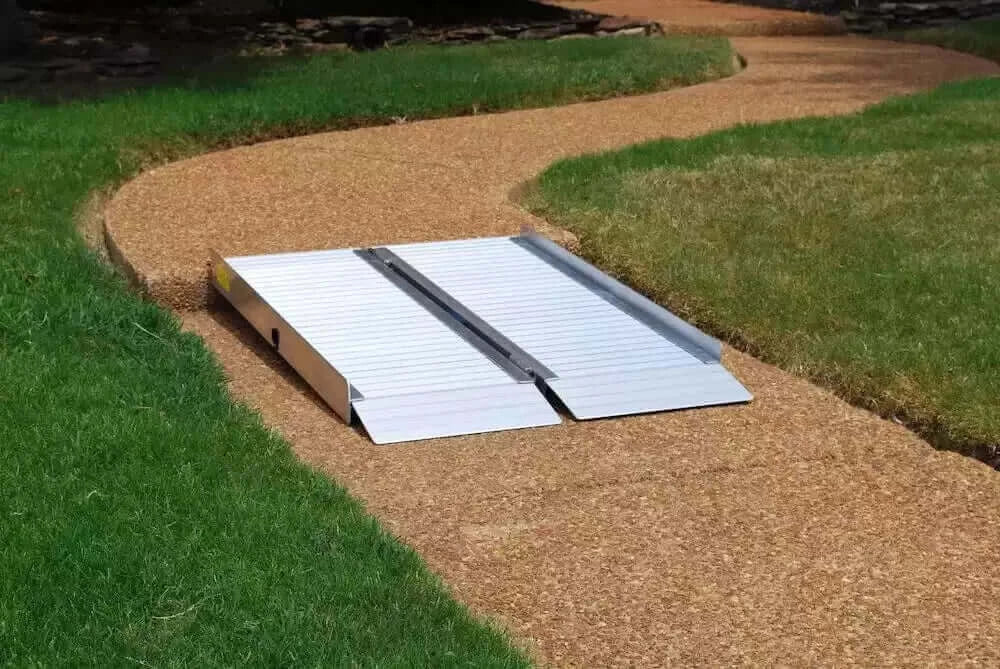

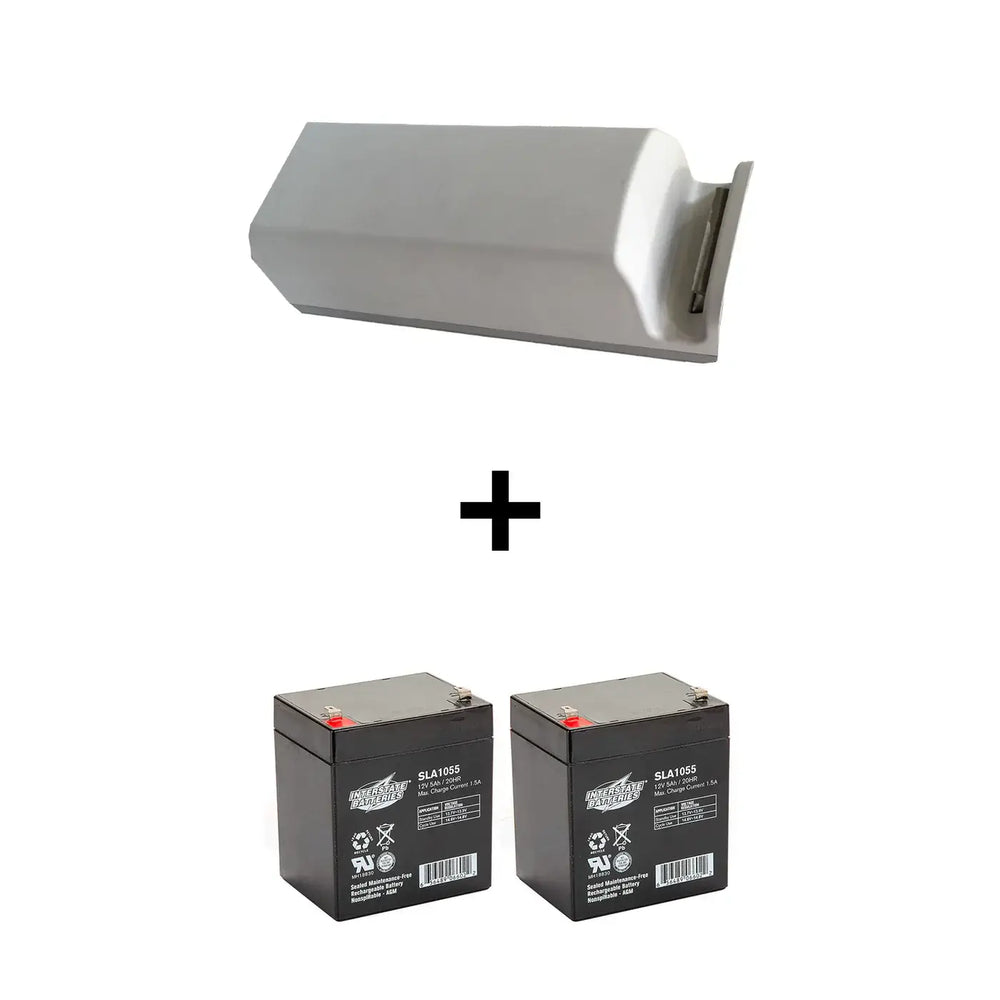

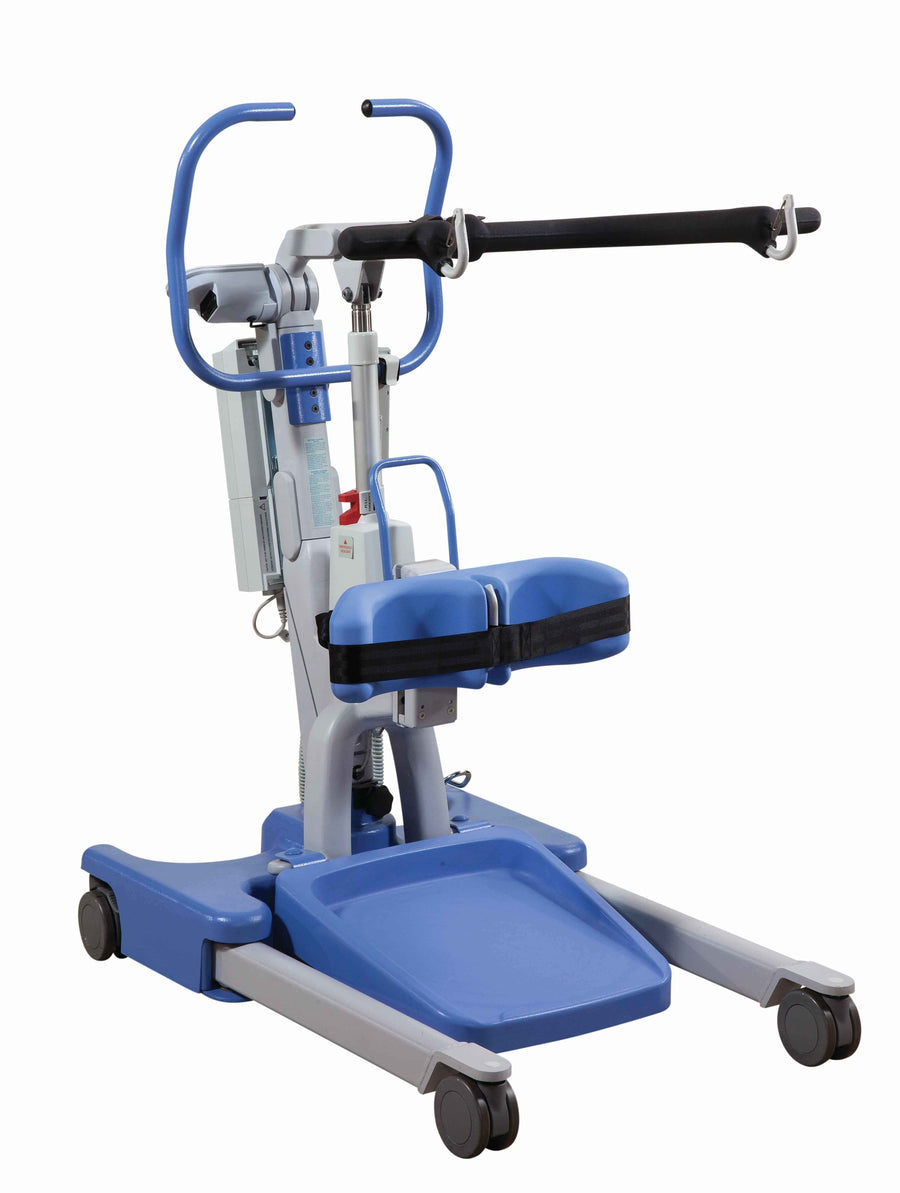
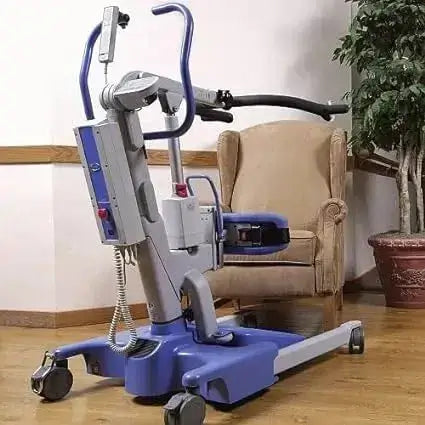
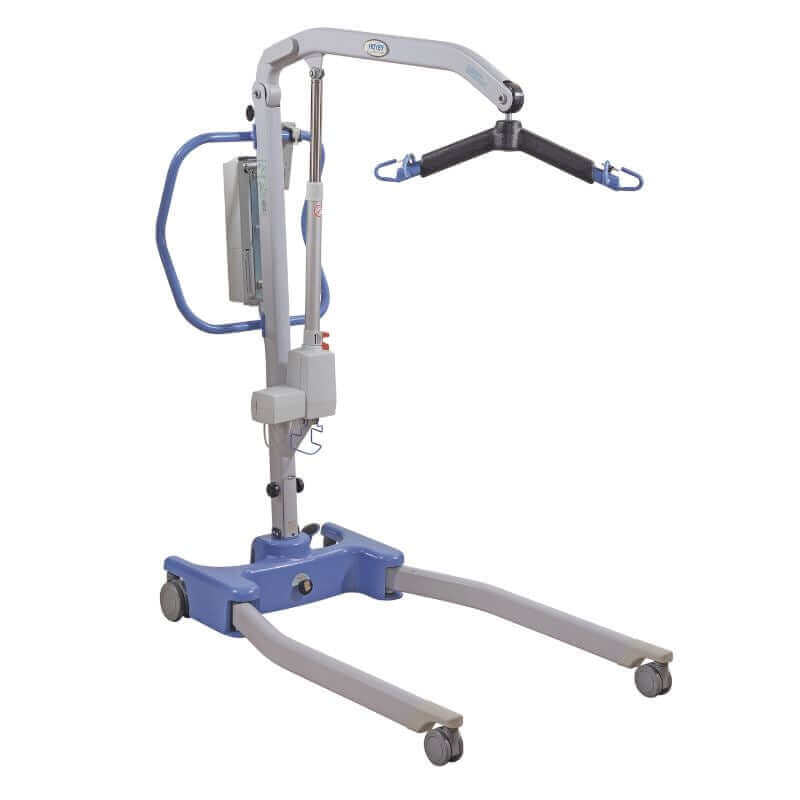
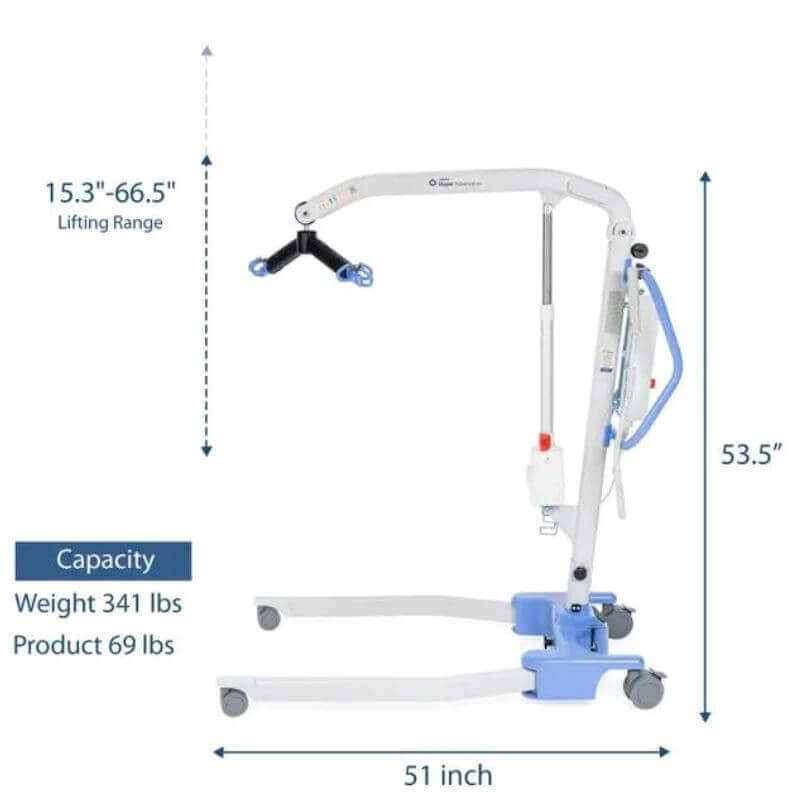
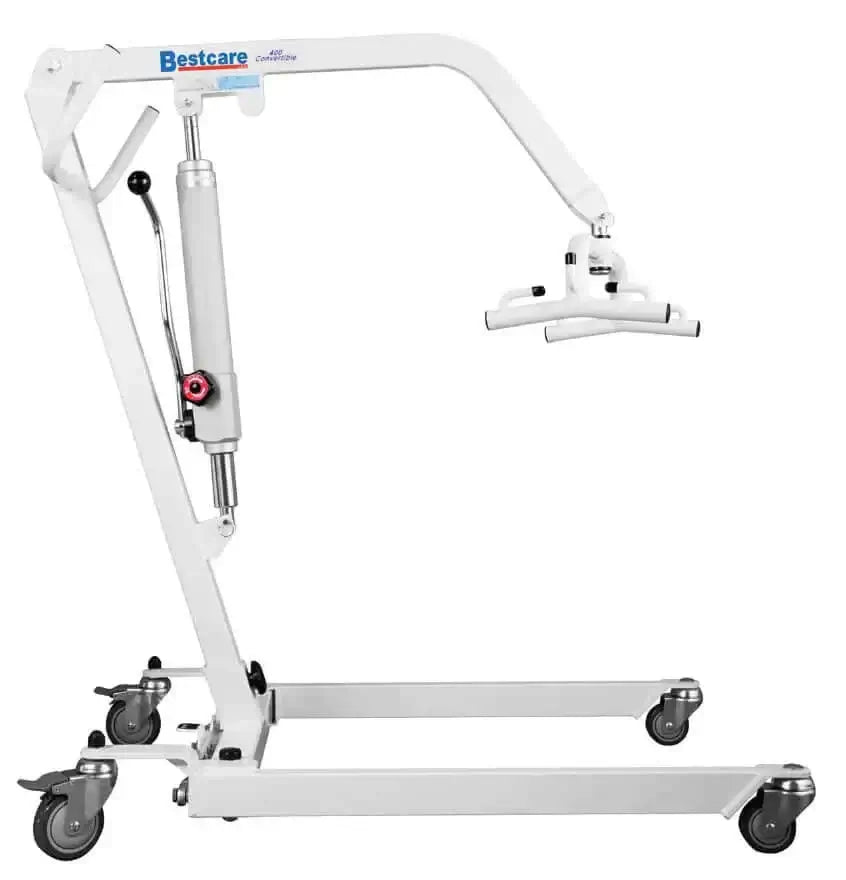
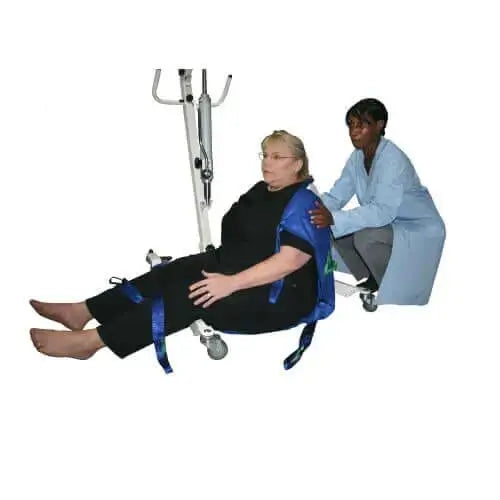
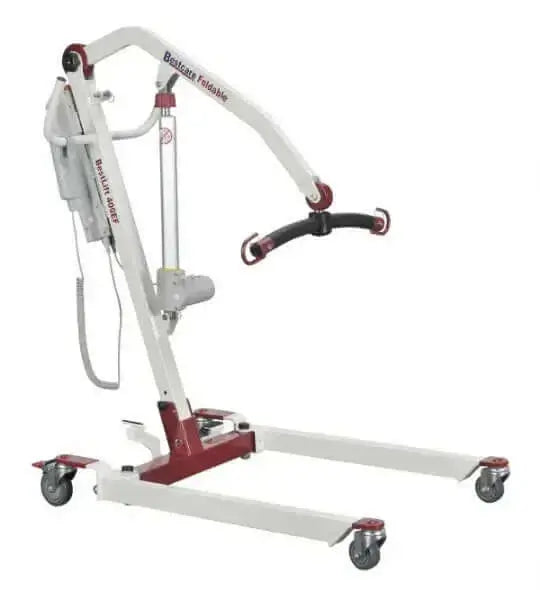
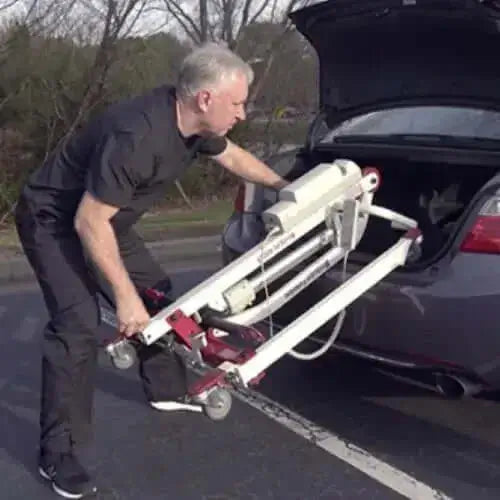
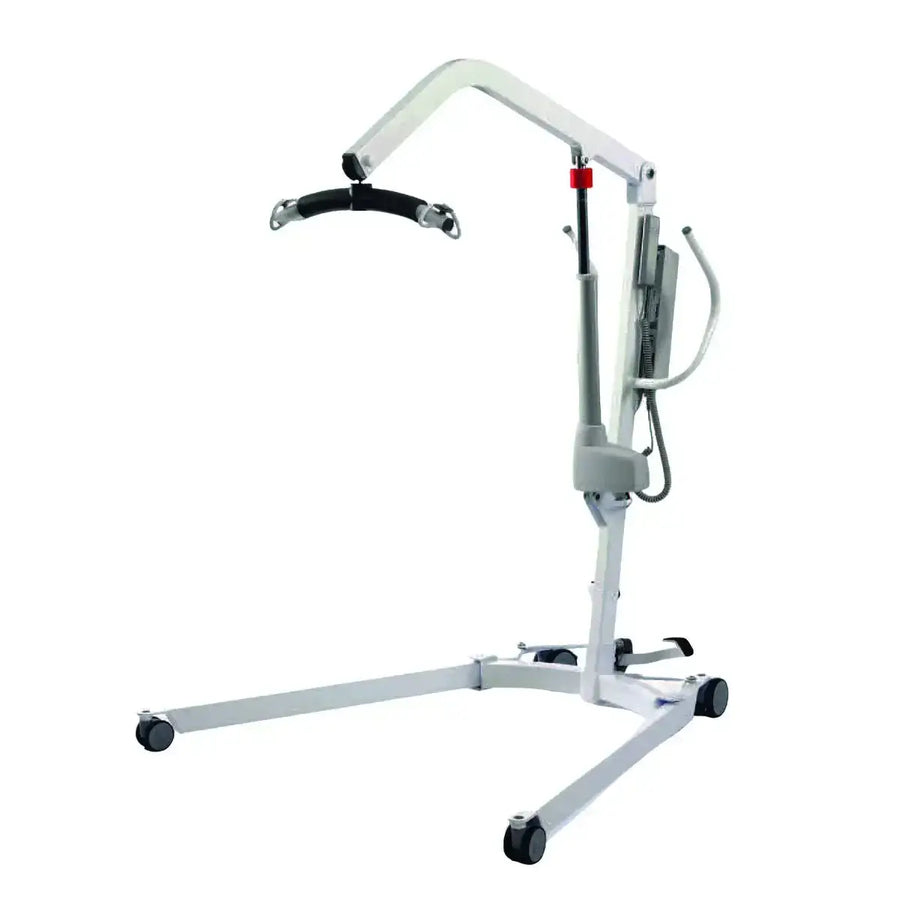
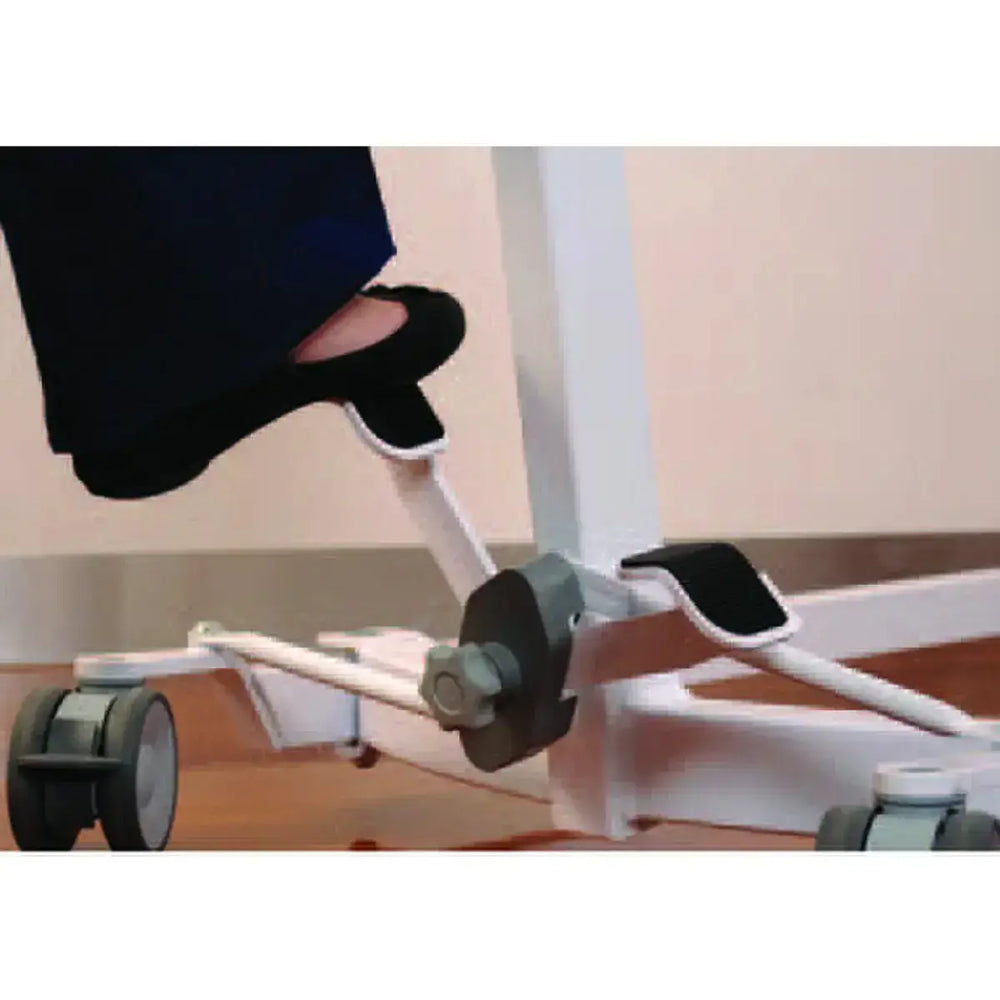
Leave a comment